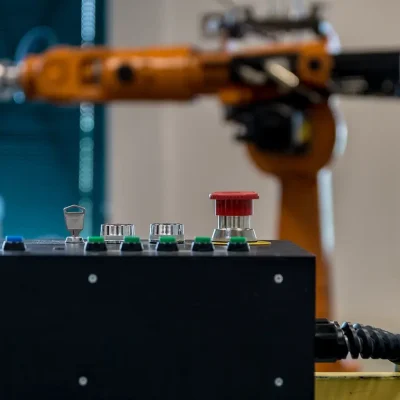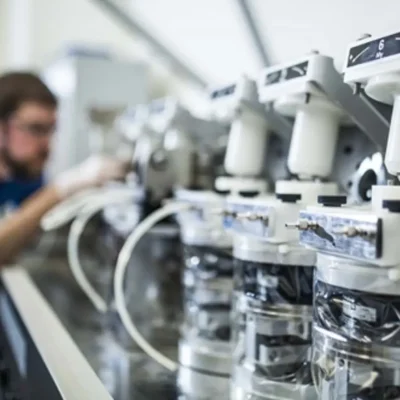Energy is one of the largest operating costs in manufacturing and industrial environments. With rising energy prices and increasing sustainability demands, companies are under pressure to optimize consumption without sacrificing productivity. The solution lies in smart energy management powered by industrial automation.
By combining sensors, analytics, and automated control systems, industries are transforming how they monitor, manage, and reduce energy use driving both cost savings and progress toward net-zero goals.
1. Real-Time Energy Monitoring
Traditional energy audits provide only snapshots of usage. Automated systems deliver continuous, real-time data across equipment, processes, and entire facilities.
- Smart meters and IoT sensors track energy use at the machine level.
- SCADA systems visualize consumption patterns, identifying inefficiencies.
- Data dashboards provide plant managers with actionable insights.
2. Automated Load Balancing
Industrial automation enables dynamic load management to reduce peak demand and optimize energy distribution.
- Intelligent controllers automatically adjust equipment schedules to avoid costly peak loads.
- Non-critical processes can be shifted to off-peak hours.
- Integration with renewable energy sources ensures maximum utilization of on-site generation.
3. Predictive Maintenance for Energy Efficiency
Poorly maintained machines consume more power. Automation combined with AI-driven predictive maintenance ensures equipment runs at peak efficiency.
- Sensors detect abnormal vibration, heat, or energy spikes.
- Maintenance is triggered before failures occur, reducing both downtime and wasted energy.
- Energy-intensive systems like compressors, pumps, and HVAC units are optimized automatically.
4. Integration with Renewable Energy
Factories are increasingly investing in solar, wind, and battery storage. Automation systems manage these resources intelligently.
- Smart grids balance power between renewable and conventional sources.
- Automated battery storage ensures surplus renewable energy is captured and used when needed.
- Production schedules can adapt dynamically to renewable availability.
5. Data-Driven Sustainability Decisions
Industrial automation platforms provide detailed reporting to support sustainability strategies.
- Carbon emissions per product line can be tracked in real time.
- Energy KPIs can be benchmarked and continuously improved.
- Compliance reporting for environmental standards is simplified through automated data collection.
Final Word
Smart energy management isn’t just a cost-saving initiative it’s a strategic driver of efficiency and sustainability. With industrial automation, companies can move from reactive energy practices to intelligent, proactive control of their consumption.
In 2025 and beyond, organizations that integrate automation into energy management will not only lower costs but also strengthen their position as leaders in sustainable manufacturing.




